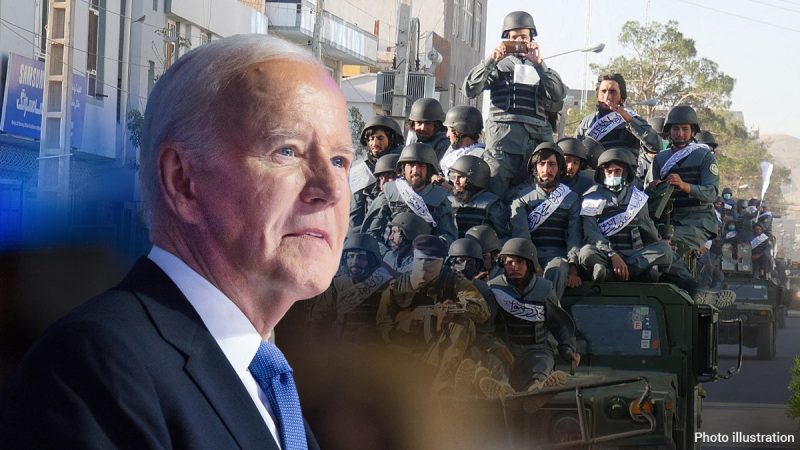In an unexpected moment of bipartisanship, ten Democrats joined forces with their Republican counterparts in a symbolic vote of administrative disapproval, targeting President Joe Biden’s team. The condemnation was rooted in the perceived mishandling of the Afghanistan withdrawal, one of the most significant and debated foreign policy decisions of his presidency. Through this, they voiced their criticism towards administration officials who were directly responsible for the execution of the overall withdrawal strategy.
Interestingly, the ten Democrats who crossed party lines consisted of a mixture of political ideologies, ranging from centrists to members of the Progressive Caucus. The unexpected convergence of bipartisan agreement underscores the deep-seated dissatisfaction that has permeated both sides of the political aisle.
The Afghanistan withdrawal process was, without question, marred by chaos and confusion. It began with the disconcerting images of Afghan civilians desperately clinging onto military planes, as they tried to escape the rapidly deteriorating security situation. While the Biden administration had pledged an orderly and safe withdrawal of US troops and allies, these images painted an entirely different picture of the scenario on the ground.
There were multiple faults that the disapproving Dems pointed out. One of the primary criticisms was in relation to the administration’s failure to adequately plan for a worst-case scenario or, to be more precise, the swift takeover of Afghanistan by the Taliban. The dissolution of the Afghan government happened far quicker than anybody, even the most skeptical observers, had anticipated.
External affairs, particularly those concerning safe evacuation and assurance of human rights, were also criticized widely. The administration was accused of faltering in its responsibility to evacuate Afghan allies speedily. The arduous journey many Afghans had to take to reach the overcrowded Kabul airport under Taliban surveillance demonstrated a potential failure in logistics and security.
Many of the voting Democrats emphasized that the purpose behind their vote was not to shame the current administration. Instead, they aimed to highlight the missteps and ensure lessons are learnt moving forward in the field of foreign policy. However, critics have also commented on how it mirrors dissatisfaction within the Democratic party at how the withdrawal was handled.
The release of classified documents – explaining the step-by-step process of the withdrawal strategy, also gained traction among the bipartisan group. Their argument rests on the premise that transparency about these processes would illuminate the decision-making process and perhaps, shed light on where things went wrong.
It is important to note that this rebuke, while symbolically powerful, has little to no immediate effect on the practices or the positions of those being criticized. However, it does lend fuel to the broader discussion on the handling of the Afghanistan withdrawal.
In a climate that is predominantly characterized by polarized perspectives, the amalgamation of Democrats and Republicans on an issue so central to current American foreign policy is noteworthy. It prompts further questioning and review of the Biden administration’s decision-making processes and the consequences of its actions, thereby emphasizing the importance of refinement, transparency, and accountability in the execution of foreign policy decisions.
The approval or disapproval of administrative actions will always have a partisan tint. However, this instance shows that certain issues, especially those related to national security, can evoke bipartisan response. It also reinforces the need for earnest evaluation and necessary changes, indicating that American foreign policy should always put its people, and those of its allies, first.











